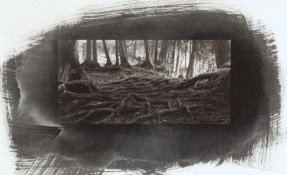Mark Fisher
Member
Last year I tried my hand at cyanotypes and figured out how to do it at a basic level, but I never got too excited about the strident blue color so I let it drop. I now have some negatives that I managed to screw up in processing that are pretty darn contrasty and I am now thinking that this may be the time to think about alternate processes again. I think I want to stick to silver processes (I'm cheap and inexperienced!). What would be the best process to try out? I have a printing frame and light source already. It would be a bonus if I could use pyro developed negatives meant for silver also (probably a bit much to ask, I know!).
Thanks -- Mark
Thanks -- Mark












